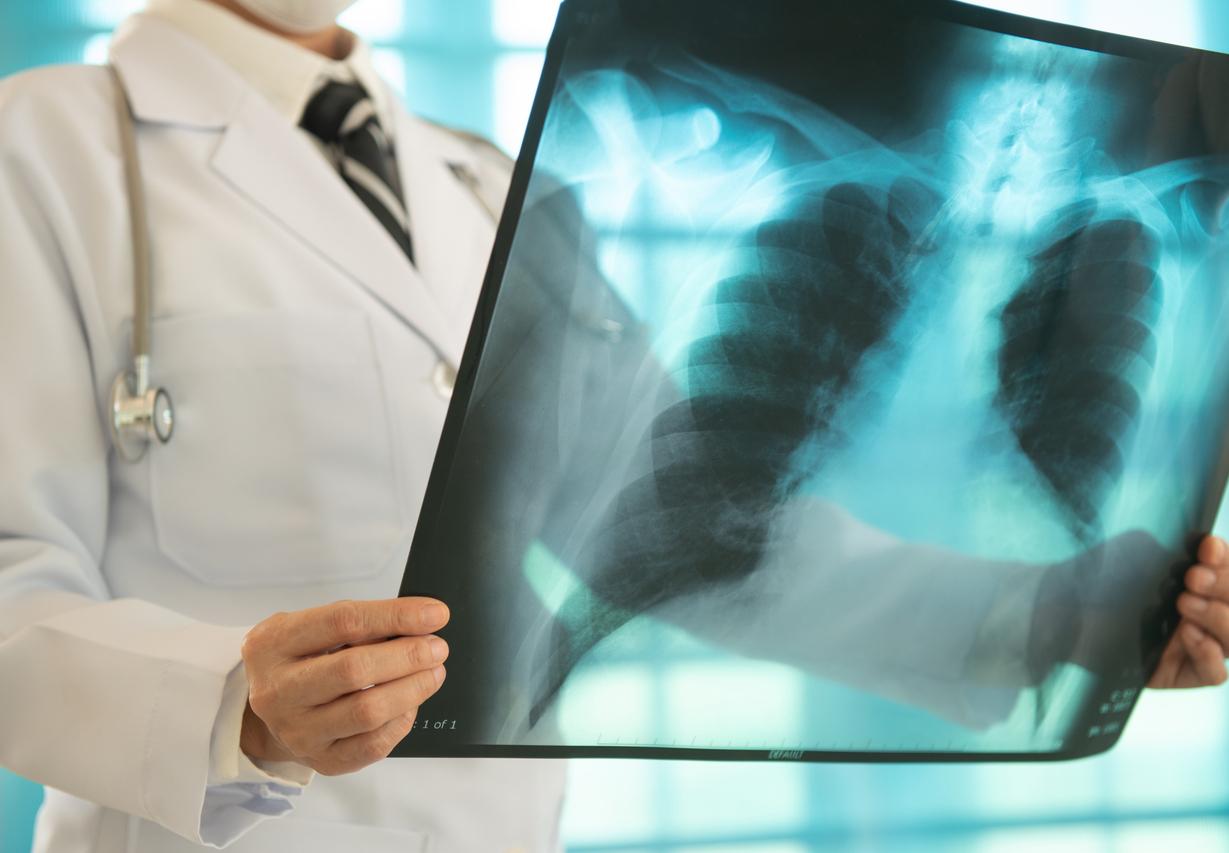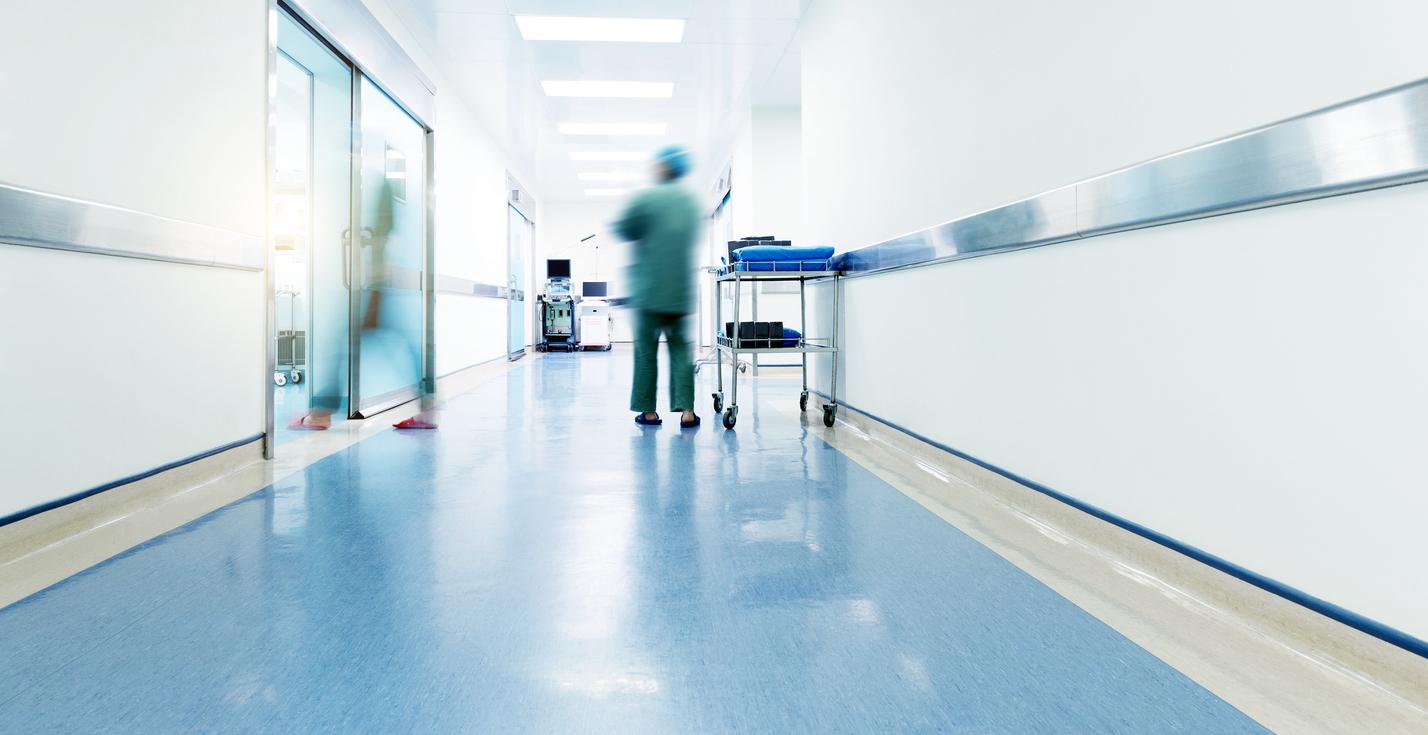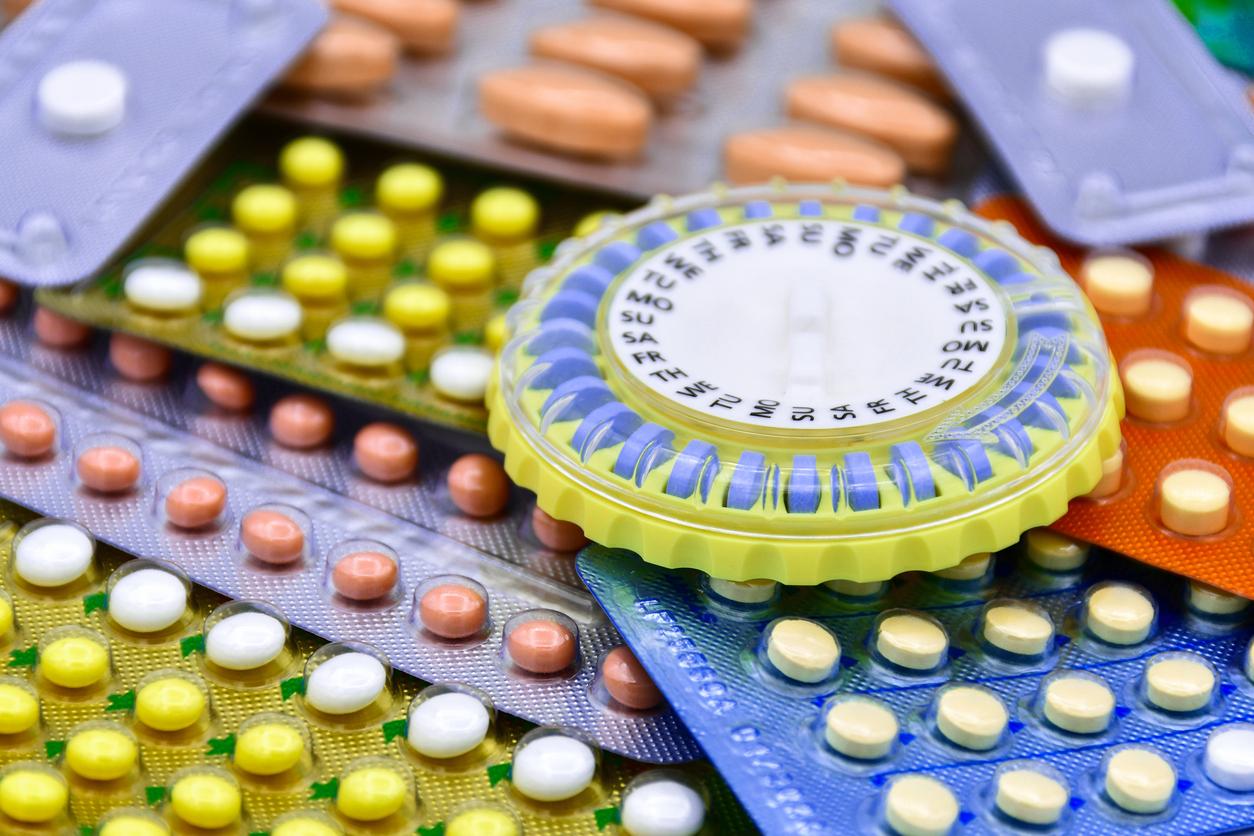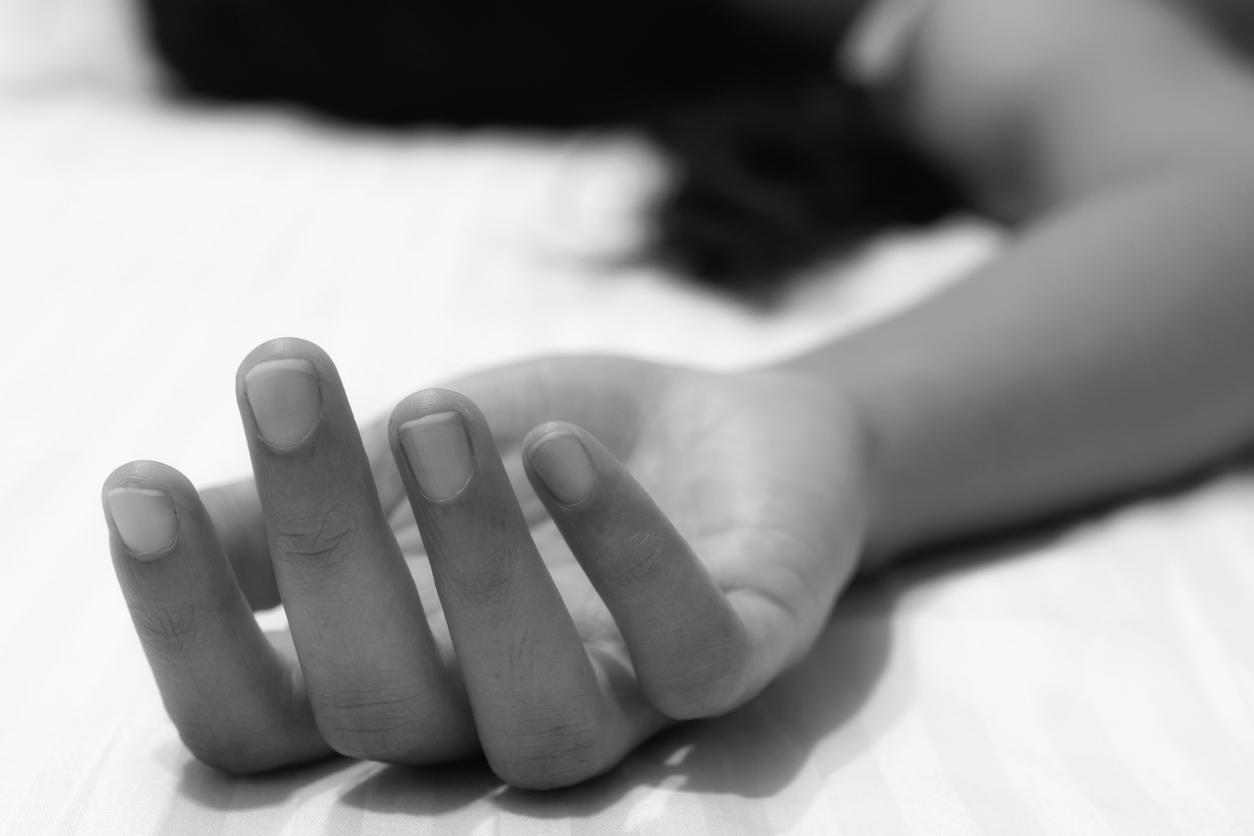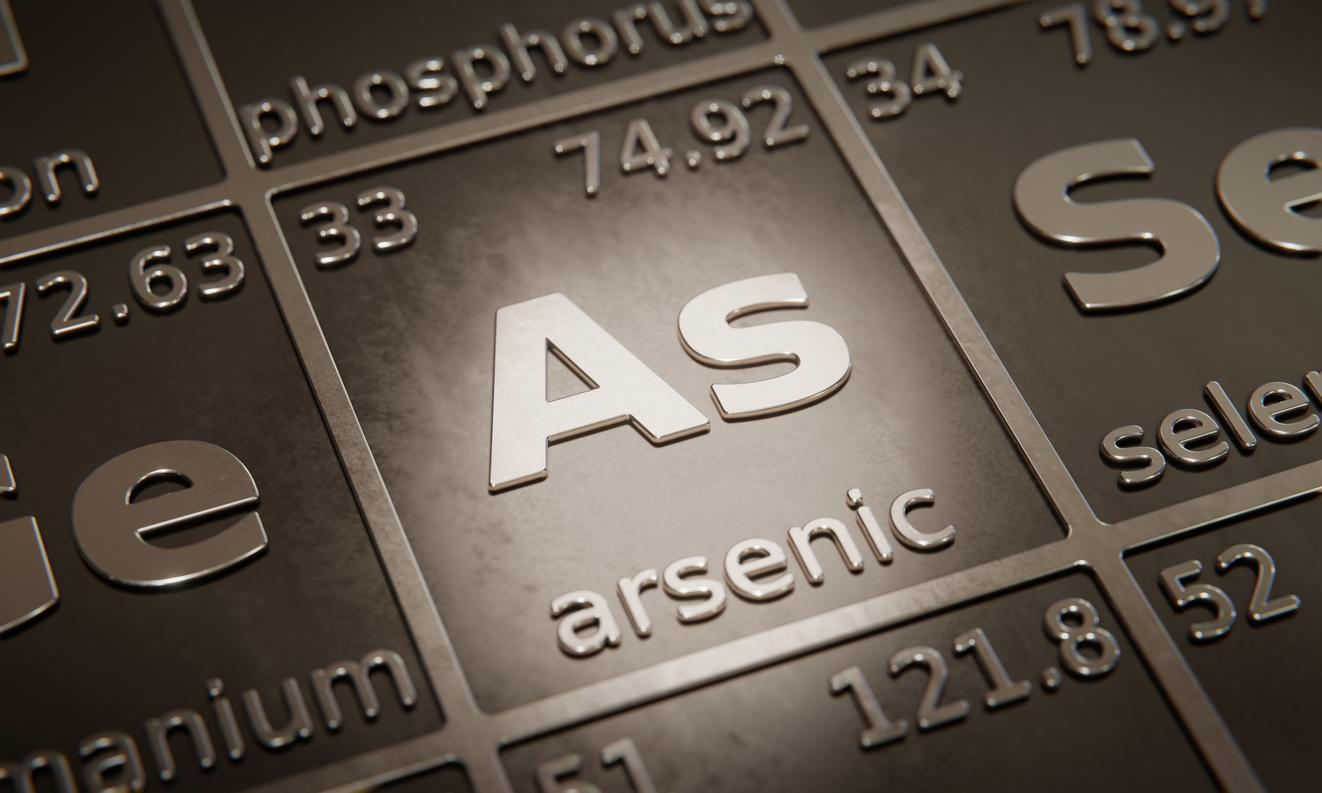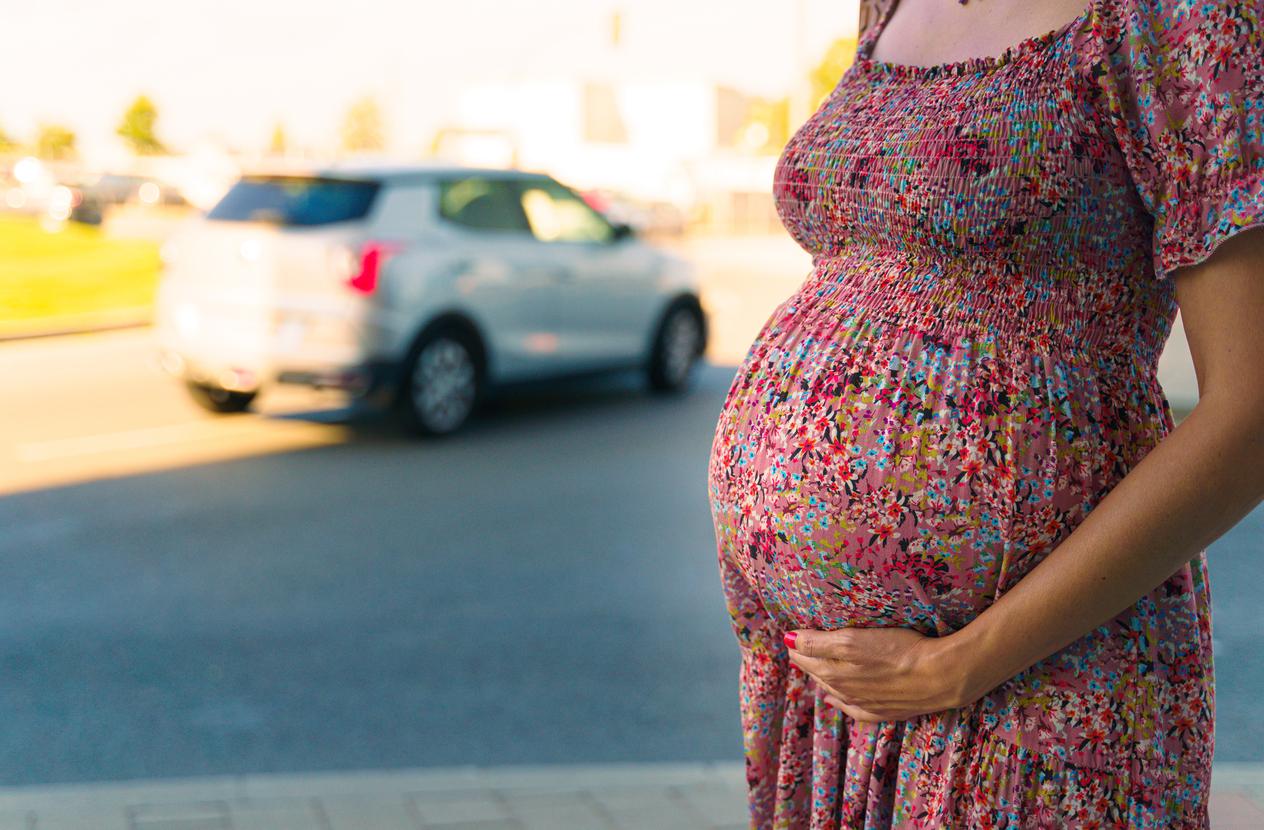Periods of high heat like the one we are experiencing right now (and which we are likely to experience more and more often in the future) are far from welcome for the legs. Symptoms of poor circulation, called venous insufficiency, a condition that affects women more due to hormones and heredity, are indeed often aggravated by heat.
“But as far as venous insufficiency is concerned, many studies have highlighted environmental factors and lifestyle. It no longer appears to be a solely hereditary disease” underlines Dr. Philippe Blanchemaison, phlebologist.
What are the main venous risk factors?
- gender and age
- The age of sedentary life
- Excess weight over ideal weight
- The number of full-term pregnancies
- heredity
In a predisposed person, the disease will evolve in flare-ups, triggered or aggravated by some of these risk factors. “For example, the first pregnancy entails a 23% risk of the appearance of varicose veins, the 2nd and 3rd pregnancy increase this risk to 27% and the 4th pregnancy gives a 30% risk. On the other hand, obesity with a BMI greater than or equal to 27 carries a 39% risk of developing varicose veins, so it makes sense to place excess weight before the number of pregnancies in the classification of risk factors” explains the phlebologist.
To find out your own venous risk, answer this self-questionnaire by scrolling through the slideshow. Count the number of points you got and assess your risk.
Source : “Risk factors for chronic lower limb insufficiency“, Dr. Philippe Blanchemaison, phlebologist.
Read also :
- Venous insufficiency: how to choose compression stockings
- Essential oils: 3 recipes to relieve heavy legs
- 10 gestures to lose weight from the bottom almost effortlessly
- Veins and arteries: what is the difference?
- We (naturally) relieve heavy legs






















